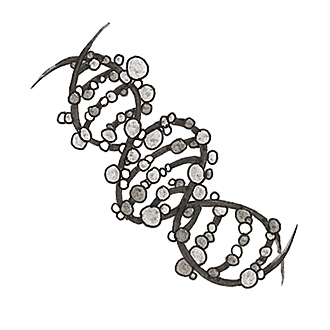
Related Questions
- What is the impact of follow-through in golf?
- Why can’t machines — or humans — sniff out drugs or explosives as well as dogs?
- Is sleep necessary?
- Can medical prostheses advance further, and what are their potential risks?
- Why does our hair turn gray — as opposed to green or some other color — as we age?
- How did life on Earth begin?
- Why don’t we get cancer of the hair or the fingernails?
- Is it possible to control someone’s thoughts?
- How are thoughts measured?
- Why do I have to take some medications every four hours but others only once a day?
How do medicines know where in the body to start working?
When you take Tylenol or Advil for a headache or a sore muscle, the pain disappears. It seems like the medication zeros in on your aches and pains like magic; it “knows” what to do. The fact is, most medicines are pretty dumb in this respect…
By Deborah HalberWhen you take Tylenol or Advil for a headache or a sore muscle, the pain disappears. It seems like the medication zeroes in on your aches and pains like magic; it “knows” what to do. The fact is, most medicines are pretty dumb in this respect, says Institute Professor Robert Langer, who holds hundreds of patents for biomimetic materials fabricated based on natural processes found in biological systems. Such materials can be used for drug delivery and tissue engineering, among other applications.
Most medicines simply go all over the body — or at least the parts they can get to — and do what they are supposed to do if the conditions are right, according to longtime Langer colleague Dr. Daniel S. Kohane at Harvard Medical School. For example, if you take a narcotic painkiller, it will go pretty much everywhere, but may only have an effect where there are specific receptors. The problem with this inefficient method of distribution is that often the drugs also have untoward side-effects, which can also occur throughout the body. That is why so much research is being done on having “smart” drugs only go to specific locations, or only be activated at those sites, Langer says.
One such system under study uses detection of chemical signals in the body to prompt the release of drugs. Another being tested uses microchips placed under the skin or into the spinal cord or brain to deliver drugs ranging from pain medication to chemotherapy. The microchips are designed with tiny wells that are loaded with drugs and covered with gold foil caps. Applying a one-volt electrical signal dissolves the caps and releases the medication.
Posted: December 16, 2008